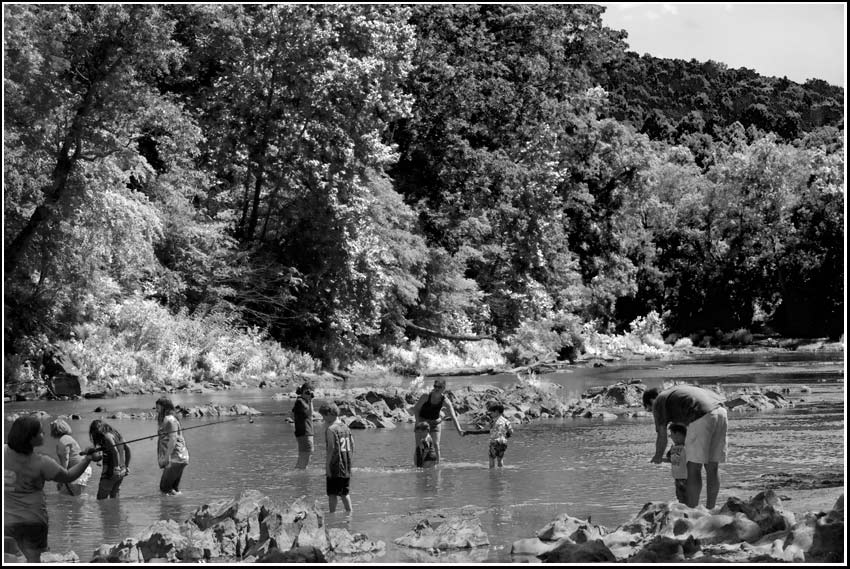
Wednesday, July 20, the City Council will interview candidates for the City’s “Planning Commission”.
I hope the Councilors will ask PC wannabees to:
Identify strategies to maximize the presence and value of the Rivanna River in the life of the City.
The city of Charlottesville has a 3.6 mile waterfront without a single path from the river’s edge to the water.
Imagine that.
A city that ignores its river cannot call itself great.
Author: WmX
I stumbled off the track to success in 1968, started chasing shadows that summer. Since then, In addition to farm-laborer and newspaper photographer my occupational incarnations include dishwasher, janitor, retail photo clerk, plumber, HVAC repairman, auto mechanic, CAT scan technologist, computer worker and politico (whatever it takes to buy a camera.) I am on the road to understanding black and white photography.
View all posts by WmX

this portion of the river is adjacent to a site being studied for the location of a massive sewage pumping station.
The hill in the background to the right is Monticello
We envision:
a river treasured as an investment in the future of the region, a resource worth keeping healthy;
a river occupying a vital place in the continuing history of the region;
• creeks and rivers which define what it means to be part of a special place, reinforcing residents sense of place and community;
• our streams and rivers as accessible recreational resources, providing inspiration and educational opportunities for future generations;
a river closely integrated into the cultural life of the region;
streambeds providing habitat for river life and containing less silt, more rocks and riffles;
forests and trees providing habitat and shading the streams and rivers;
a landscape that allows rainwater to seep slowly through the ground, providing recharge for summer creeks, while limiting flooding;
clear and clean waters bound by fully vegetated stream banks, with topsoil in place;
swimmable, fishable streams for future generations;
a future which celebrates our need to return to the river as a source of daily pleasure, a place of commerce, and a place of occupation brought about by interested citizens and groups working together. –RRBP pg 22